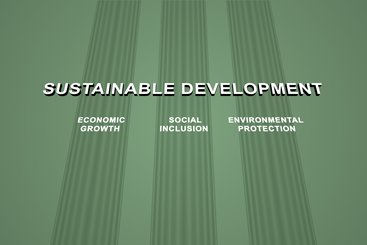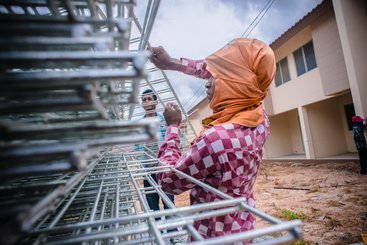Economic transformation (ET), the continuous movement of resources (such as labour and capital) from low- to higher-productivity activities, is crucial for sustained job creation and a more resilient economy, but little attention is paid to the detailed mechanisms through which ET relates to the poorest and most vulnerable people in society.
This paper describes the main channels through which ET links to poverty, including through production patterns involving the poor directly or indirectly, consumption by the poor and other routes, including government services and context more generally. There are many direct and indirect ways through which ET supports the livelihoods of the poorest in society, but there may also be unintended effects that exclude benefits because of gender, ethnicity or other factors (unless complementary actions are implemented).
It proposes the use of a range of indicators to better understand which transformation pathways are more poverty-reducing.
-
Economic transformation and poverty
Download file






